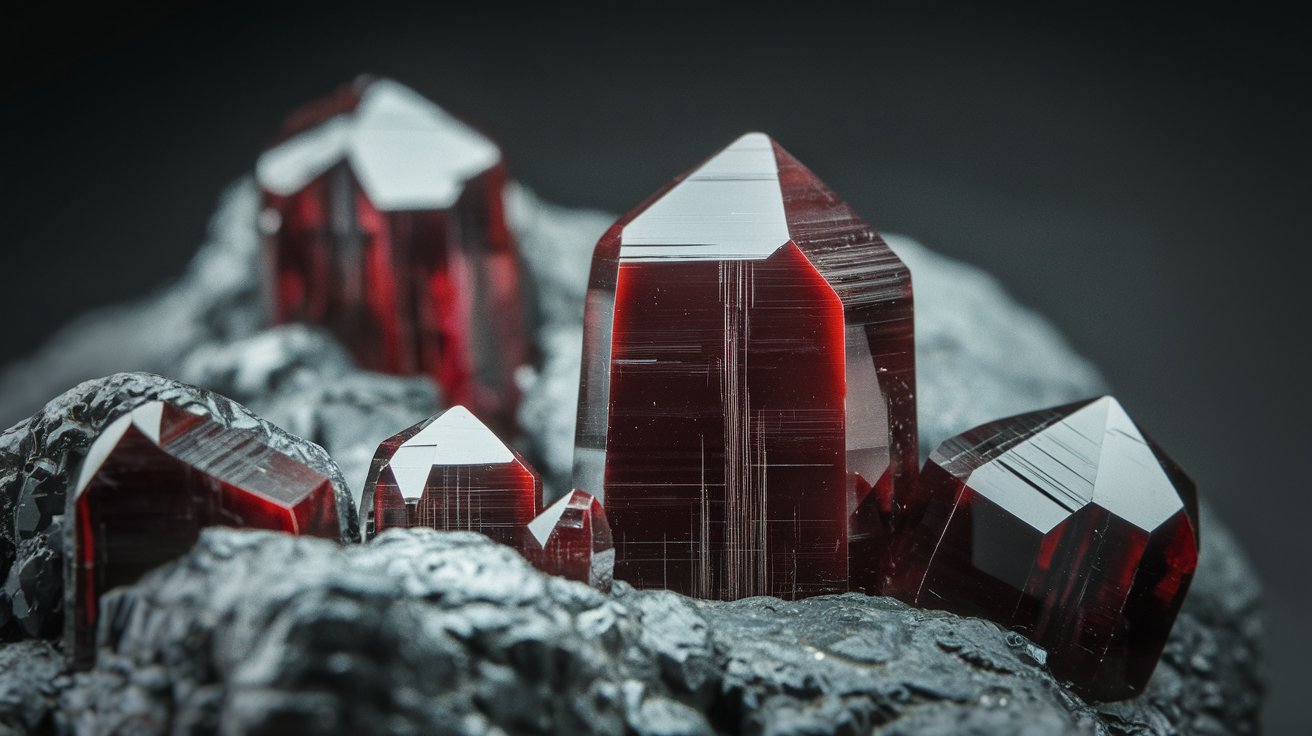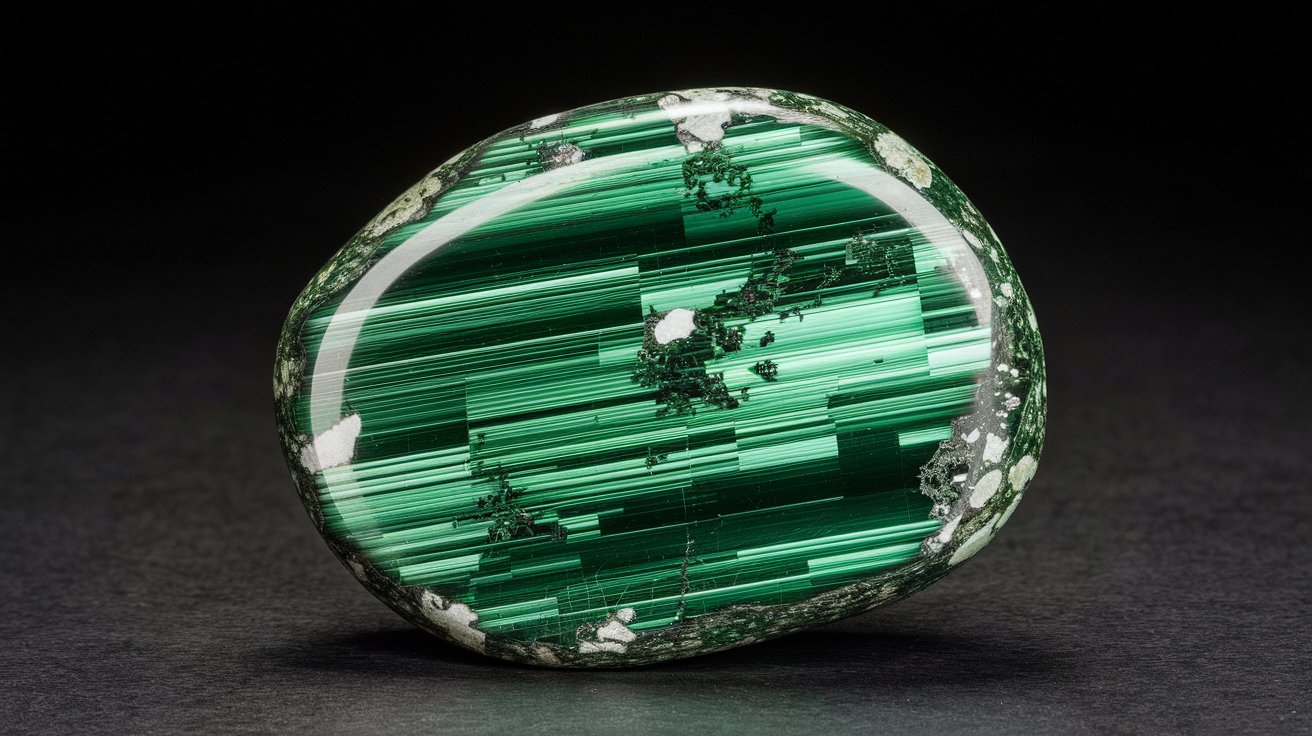
What makes Allabogdanite so special? Allabogdanite is a rare mineral that sparks curiosity due to its unique properties and origins. First discovered in a meteorite in 1994, this mineral contains iron, nickel, and phosphorus, forming under extreme conditions. Its orthorhombic crystal structure and metallic luster make it visually striking. Found in both meteorites and terrestrial environments, allabogdanite offers insights into high-pressure processes in space and on Earth. Named after geologist Alla Bogdanova, it often gets mistaken for its low-pressure polymorph, barringerite. This mineral's discovery in places like the Negev desert and various meteorites highlights its scientific significance.
Key Takeaways:
- Allabogdanite is a rare mineral containing iron, nickel, and phosphorus, discovered in meteorites and even in the desert. Its unique properties provide clues about extreme conditions in space.
- Named after a Russian geologist, Alla Bogdanova, allabogdanite's crystals have distinct physical and optical characteristics. Its discovery in both extraterrestrial and terrestrial environments makes it a fascinating subject for scientists.
What is Allabogdanite?
Allabogdanite is a fascinating mineral that has intrigued scientists since its discovery. Its unique properties and occurrences make it a subject of great interest. Let's dive into some key facts about this rare mineral.
-
Chemical Formula: Allabogdanite's chemical formula is (Fe,Ni)2P, meaning it contains iron, nickel, and phosphorus.
-
Discovery: This mineral was first identified in 1994 in the Onello meteorite, found in Yakutia, Russia.
-
Crystal System: Allabogdanite crystallizes in the orthorhombic crystal system, specifically in the Pnma space group.
-
Unit Cell Parameters: Its unit cell parameters are a = 5.748 Å, b = 3.548 Å, and c = 6.661 Å, with a volume of 135.8 ų and a Z value of 4.
Physical Characteristics of Allabogdanite
Understanding the physical characteristics of allabogdanite helps in identifying and studying this mineral. Here are some notable features.
-
Crystal Habit: It forms thin lamellar crystals that are often found in plessite, a metal matrix in meteorites.
-
Associated Minerals: Allabogdanite is commonly found alongside nickelphosphide, schreibersite, awaruite, and graphite.
-
Color and Luster: The mineral exhibits a light straw-yellow color with a bright metallic luster. Polished sections appear silvery-white.
-
Hardness: It has a Mohs hardness of 5-6, making it relatively brittle.
-
Density: The calculated density of allabogdanite is 7.10 g/cm³.
-
Crystal Morphology: Crystals are flattened on the (001) plane with dominant {001} faces and other probable faces like {110} and {100}.
Optical and Structural Properties
Allabogdanite's optical and structural properties provide more insight into its unique nature.
-
Twinning: Mirror twinning, similar to gypsum, is common, with a possible twin composition plane {110}.
-
Anisotropy: In reflected light, it shows distinct anisotropy, ranging from light to dark creamy tint.
-
Bireflectance: No bireflectance has been observed in allabogdanite.
-
X-Ray Diffraction: The strongest reflections in its X-ray powder diffraction pattern are [d in Å, (I) (hkl)]: 2.238(100)(112), 2.120(80)(211), 2.073(70)(103), 1.884(50)(013), 1.843(40)(301), 1.788(40)(113), and 1.774(40)(020).
Occurrences and Discoveries
Allabogdanite has been found in both extraterrestrial and terrestrial environments, making its study even more intriguing.
-
Terrestrial Occurrence: In 2021, scientists found terrestrial allabogdanite in a sedimentary formation in the Negev desert of Israel, near the Dead Sea.
-
Name Origin: The mineral is named after Russian geologist Alla Bogdanova, who made significant contributions to mineralogy.
-
High-Pressure Polymorph: Allabogdanite is the only known natural high-pressure phase in the Fe–Ni–P system, indicating its formation under extreme conditions.
-
Misidentification: It is often mistaken for barringerite, a low-pressure polymorph of (Fe,Ni)2P, but can be distinguished using electron backscatter diffraction (EBSD) methods.
-
Santa Catharina Meteorite: Allabogdanite was also found in the Santa Catharina meteorite, a nickel-rich ataxite. Crystals in this meteorite can be up to 120 μm in length and 10 μm thick.
-
Barbianello Meteorite: A single crystal, 7 μm in size, was discovered in the Barbianello meteorite, another nickel-rich ataxite.
Chemical Composition and Stability
The chemical composition and stability of allabogdanite provide clues about its formation and the conditions it has endured.
-
Chemical Composition: Its composition is (Fe1.51Ni0.50Co0.03)2.04P0.96, indicating a mix of iron, nickel, and cobalt.
-
Equilibrium Relations: The morphology of its crystals and surrounding phases suggests equilibrium relationships with the (Fe,Ni)-metal matrix, indicating stable formation conditions.
-
Ambient Pressure Phase: Recent studies suggest allabogdanite may be stable at ambient pressure and temperatures up to at least 773 K, not necessarily forming through high-pressure transformations.
-
Phase Diagram: The Fe-Ni-P phase diagram shows an intermediate Fe3P compound, but allabogdanite does not exhibit high-pressure modifications like planar deformations or mosaicism.
-
Scientific Significance: Allabogdanite serves as a phosphide counterpart of stishovite in the Fe–Ni–P system, offering insights into the high-pressure conditions experienced by meteorites and their parent bodies.
The Fascinating World of Allabogdanite
Allabogdanite is a rare and intriguing mineral with a unique blend of iron, nickel, and phosphorus. Discovered in meteorites and later found in terrestrial environments, it offers a glimpse into high-pressure conditions and cosmic processes. Its orthorhombic crystal system, metallic luster, and association with other minerals make it a standout in the mineral world. The discovery of allabogdanite in both meteorites and Earth's crust highlights its significance in understanding geological and cosmological phenomena. Named after geologist Alla Bogdanova, this mineral continues to captivate scientists and researchers. Whether found in the Onello meteorite or the Negev desert, allabogdanite's unique properties and formation conditions provide valuable insights into the natural world. Its role as a high-pressure phase in the Fe–Ni–P system underscores its importance in scientific studies. Allabogdanite remains a fascinating subject for ongoing research and discovery.
Frequently Asked Questions
Was this page helpful?
Our commitment to delivering trustworthy and engaging content is at the heart of what we do. Each fact on our site is contributed by real users like you, bringing a wealth of diverse insights and information. To ensure the highest standards of accuracy and reliability, our dedicated editors meticulously review each submission. This process guarantees that the facts we share are not only fascinating but also credible. Trust in our commitment to quality and authenticity as you explore and learn with us.


